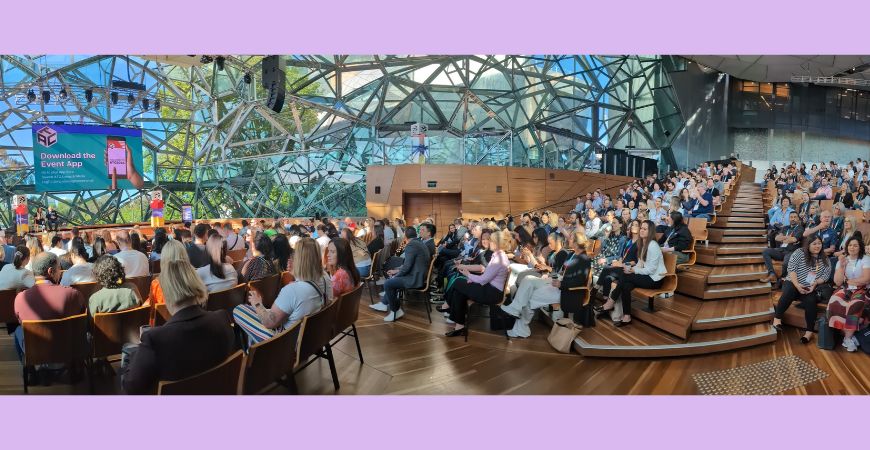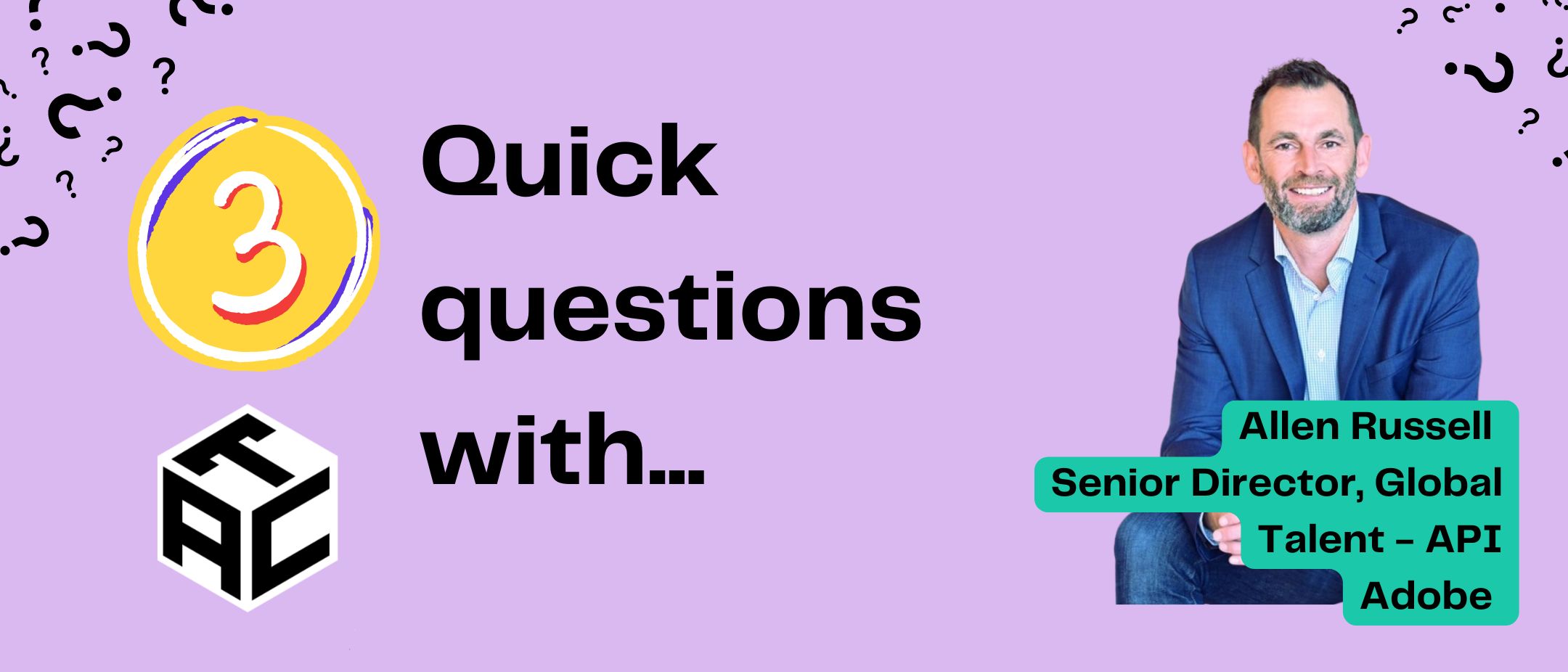I’ve noticed a few buzzwords floating around in conversations regarding the “future of work” – ominously or excitingly, depending on your viewpoint – Automation, Artificial Intelligence, the War for Talent, Agility.
The word “Agility” stood out for me. We are familiar with “speed” I’m sure but what exactly is “agility”, and how to get there? Simply put, agility is the willingness to change, the ability to change and how quickly that change can be embedded. It must not, however take the place of reliability and resistance.
Essentially, there are changes happening whether we like them or not. And they are happening fast. When you consider that it took 62 years for 50 million people to acquire cars, and just 12 years for the same number of people to acquire smartphones, it becomes clear that the rate of change is increasing and change in the workplace is no different.
Technological innovations are causing advancements that cannot be foreseen. Industries are being disrupted and the players must evolve their offerings in order to compete, and they must do so with speed and agility because of the increasing rate of change.
But organisational health in today’s market depends on agility, with stability. So how to change the game internally without rocking the metaphorical boat? Transforming the direction of a business from static to agile requires conscious and effective change management: support from the top down, clear focus and goals, strong communication, training and development, resistance management and an ongoing feedback loop between management and staff.
Effectively managed, we are seeing more and more successful companies evolve their working culture and become more agile, more reliable to increase productivity. One of the ways of doing this is by flattening internal hierarchies to encourage knowledge sharing and enable productive business relationships beyond natural work groups or departments.
Another way of enabling agility is by introducing technology to automate certain tasks, make efficiencies and free up extra time for top Talent to focus on strategic business goals and critical decisions that will help achieve faster growth. The practice of role atomisation has been proven to save precious time which equates obviously, to precious money!
A report on digitisation in the workplace by Deloitte reveals that a manager at one of their clients saved 43 minutes a month using improved workplace tools. With over 30,000 managers, the company estimated an annual productivity increase of $12 million.
So what does the future look like? While super-human tools and apps offer a range of possibilities, it is important to note that the human element in working life is as critical as ever.
Yes, our company Instagram account is a digital channel, but our most engaging content is the real, live stories and ‘behind-the-scenes’ content. Shopping for clothes and groceries is done on our phones whilst riding the bus, but our expectations for personalised service and one-to-one customer service are higher than ever. Barking questions and reminders into our phones seems perfectly normal to many of us, but not without humanising them with a name like “Siri”.
“The most important aspect of digital transformation is people, not technology” says business agility expert Gerard Chiva. “Individuals are faster to adapt to changes than business and the public sector, and in order to close the gap companies must change how they organise, recruit, develop, manage and engage people.”
The organisations of the future, Chiva believes, will use structural agility to achieve business agility. The best results come from finding the best Talent and allowing them to be creative by atomising their roles using the right technology.
Download this guide to learn more about how you can improve workforce agility within your organisation.
Cover image: Shutterstock
This article is contributed by Weploy.
Want to learn more about how you can manage your Contingent Workforce better? Join us at the Contingent Workforce Workshop 2018 in Melbourne or Sydney to learn the skills, models and case studies you need!






























